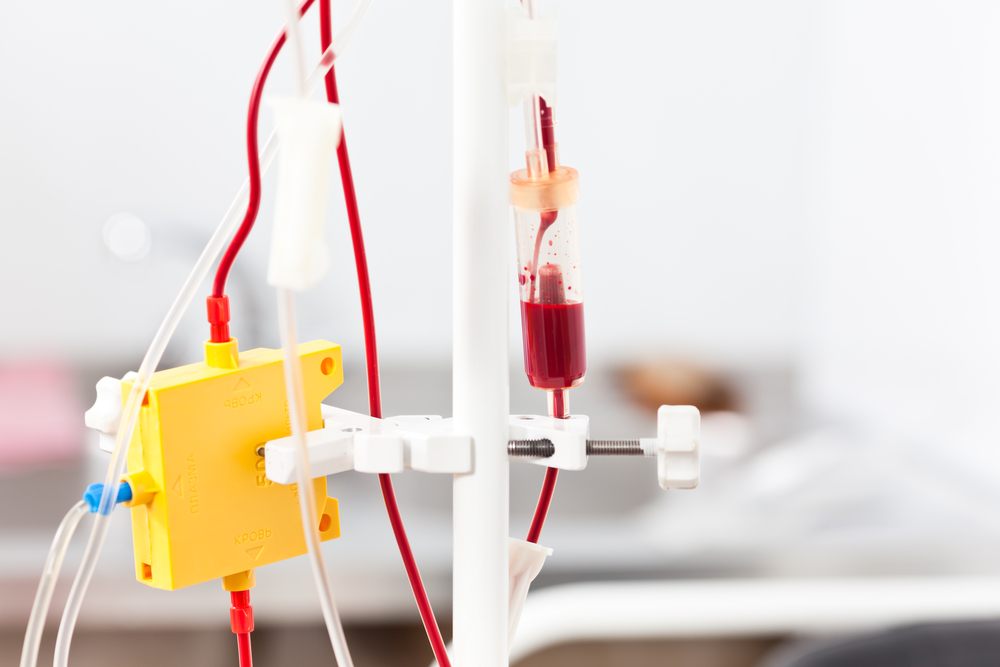Plasmapheresis is the process by which plasma or the fluid component of your blood is separated from the blood cells. Saline, albumin, or treated plasma is substituted for the extracted plasma and is then returned to your body.
Your plasma can possess antibodies that attack your immune system if you’re sick. Using a machine, your plasma is removed and then replaced with a plasma substitute. This process of plasma exchange is similar to other medical procedures. Dialysis, the process of filtering the toxins out of your blood, is one example.
Plasma donation, where plasma is removed from your body and the blood cells are returned, is also a form of plasmapheresis.


